|
|
10 Determination of the steady-state emission value
/ i( Z, B! I0 w6 DThe steady-state emission value is calculated using the procedure given in Annex C. For this calculation, the minimum duration of the chamber test is fixed to 10 days and a measurement of the formaldehyde concentration is carried out on at least 7 days (not necessarily consecutive days). A minimum of two formaldehyde determinations per day is needed. The steady-state is reached when the decline of the calculated concentration curve is equal to or lower than 5 % over a testing time of 4 days (δ = 0,05, see Annex C). If this condition is not reached within 10 days, x- |, R/ b- e4 a- v( C* F1 I4 [
the test shall be continued. If the steady-state condition is not reached within 28 days (672 h), the value calculated by the complete power function for the 28th day of the test is defined as the steady-state emission value.
* V$ z4 K3 c: u5 w, l/ v/ YThe test may be stopped after a minimum of four testing days, providing that no test result on four successive days exceeds the threshold value, taking the accuracy of the test method into account, and the linear regression function from the four daily test values shows an increase of not more than 2 μg/m3.
5 f$ U1 P+ M) e8 b第一次接触到这个标准, 有点困惑, 请教了:
# ~1 h3 p0 `( B8 {0 c- Q% z( Z理解1. 腔室测试至少10天, 至少从第7天开始检测甲醛浓度, 一天至少两次,如果4天的浓度曲线衰减不大于5%就算达到稳定状态,.......
/ Z$ C9 s, M2 V8 l% s理解2: 腔室测试至少10天, 至少要检测7 天的甲醛浓度(这7天不一定是连续的),, 一天至少两次,如果连续4天的浓度曲线衰减不大于5%就算达到稳定状态,.......
( r8 M- O$ S! r" f8 I' S* Q% H7 }2 N2 x2 V% c8 @4 e: X+ Y! R
请问那种理解正确, 或应该是其他的理解呢? 谢谢 |
|



 窥视卡
窥视卡 雷达卡
雷达卡 发表于 2009-5-7 17:22
发表于 2009-5-7 17:22
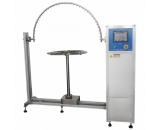

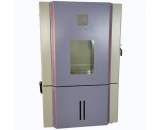

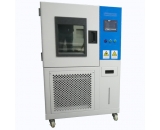

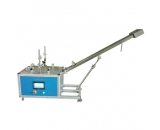

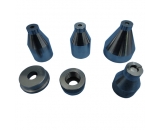






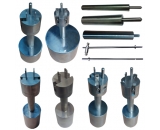
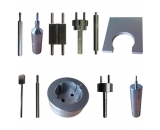
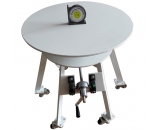
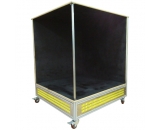

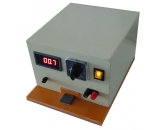
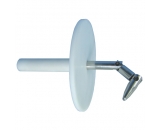
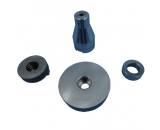
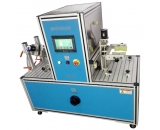
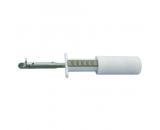
 提升卡
提升卡 置顶卡
置顶卡 沉默卡
沉默卡 喧嚣卡
喧嚣卡 变色卡
变色卡 抢沙发
抢沙发 千斤顶
千斤顶 显身卡
显身卡 楼主
楼主













